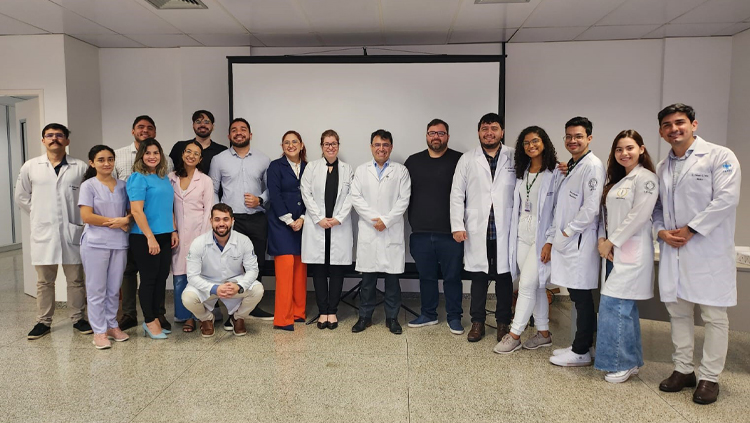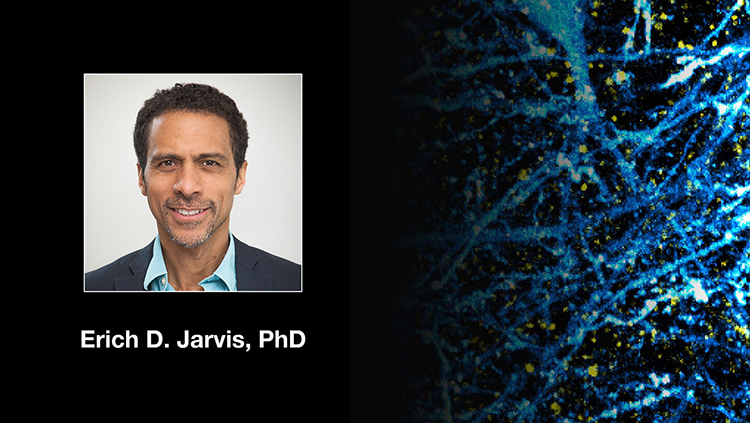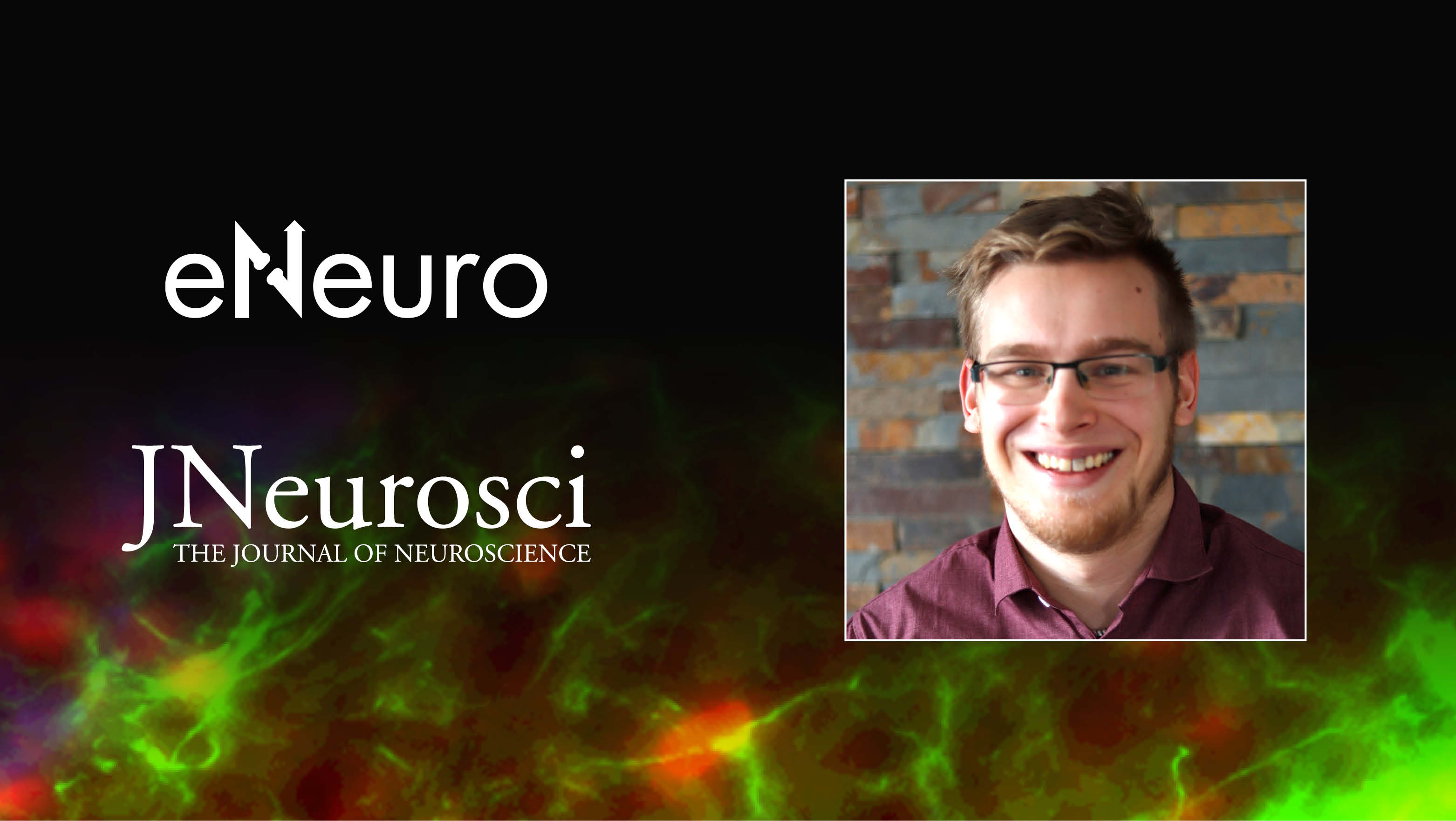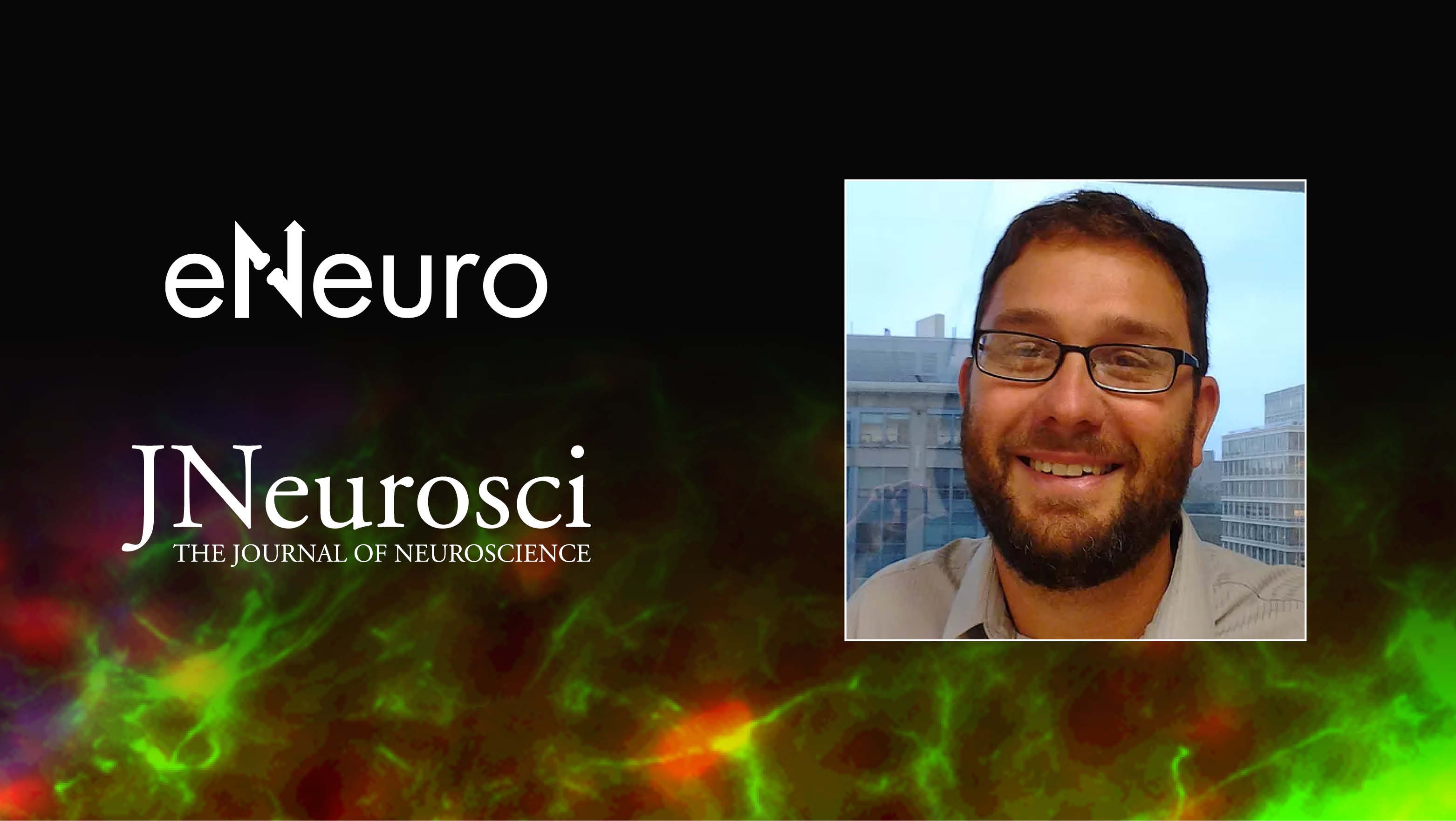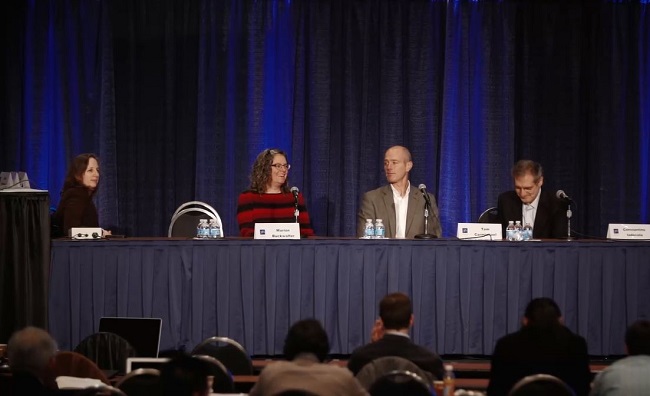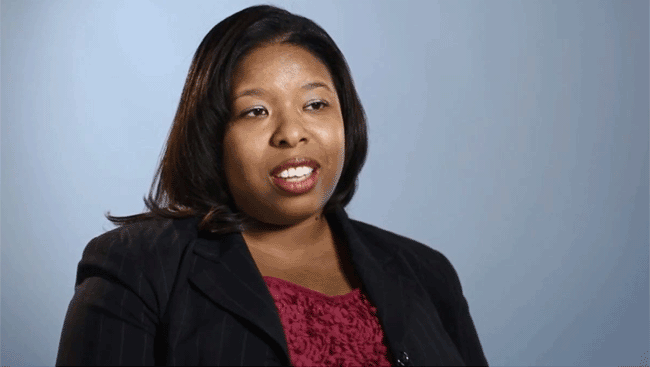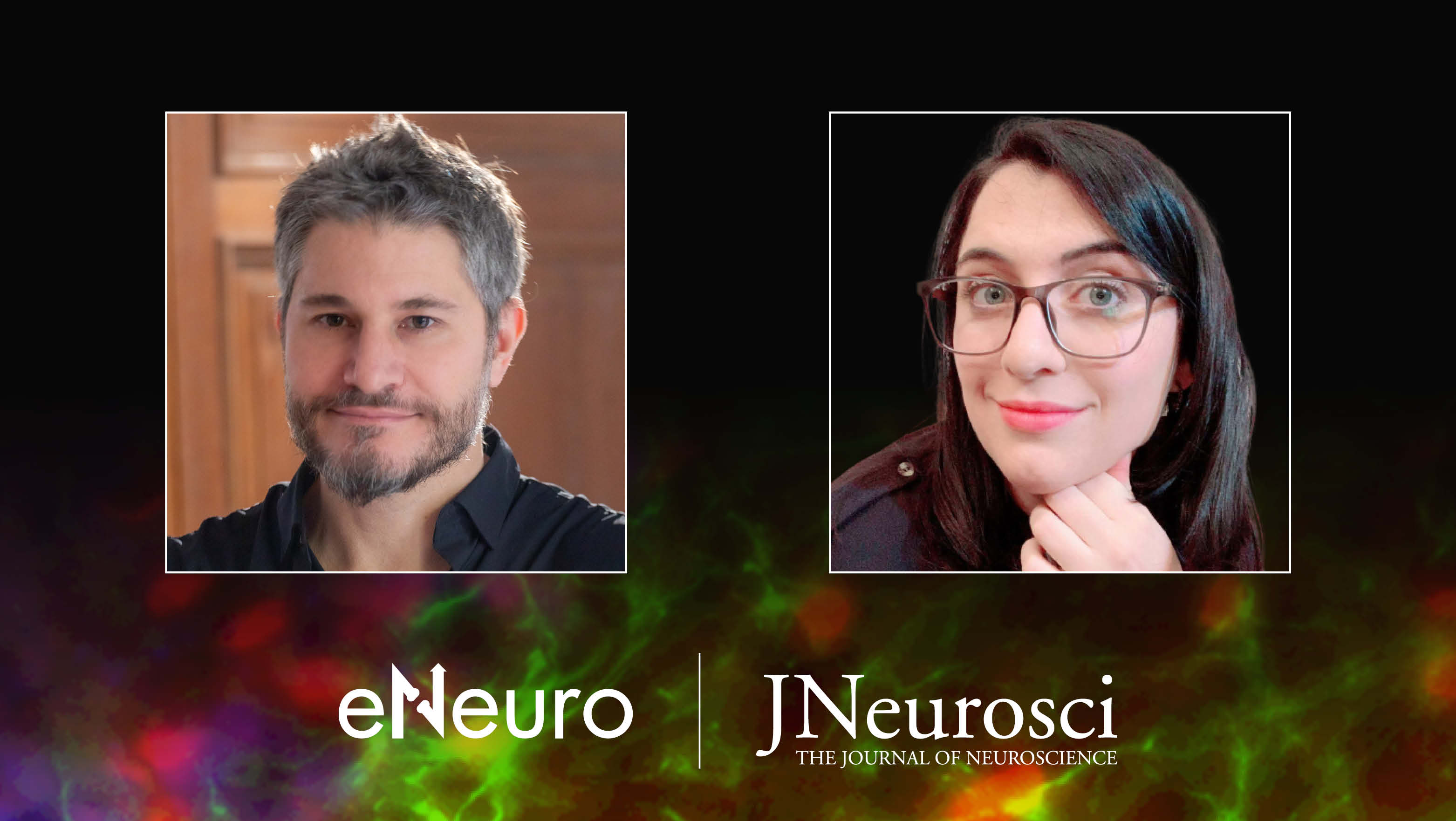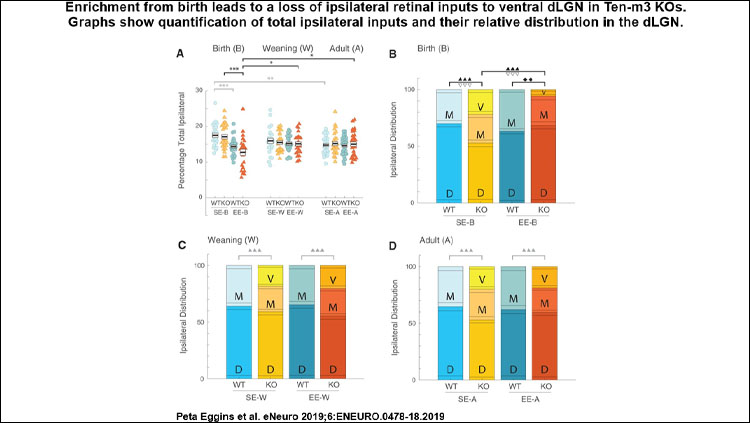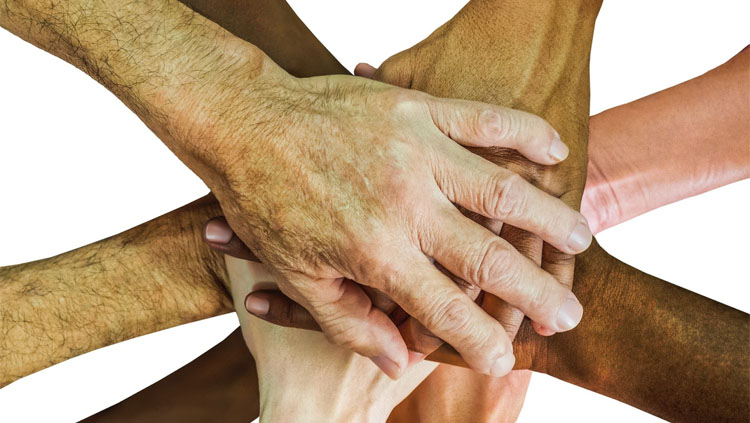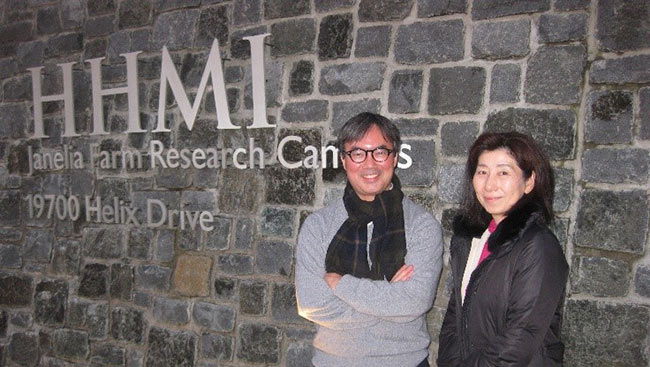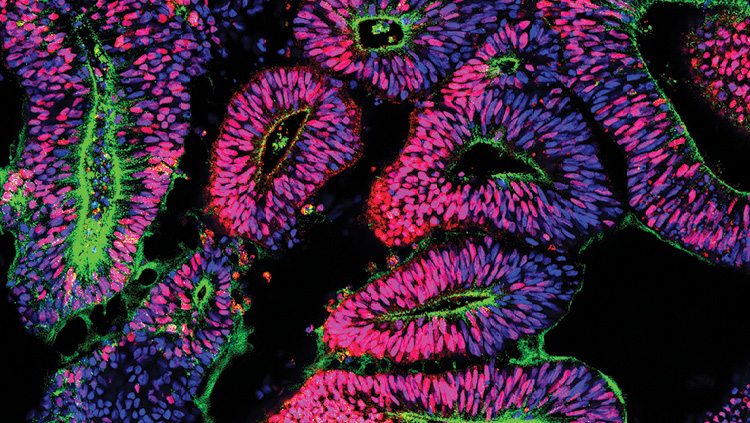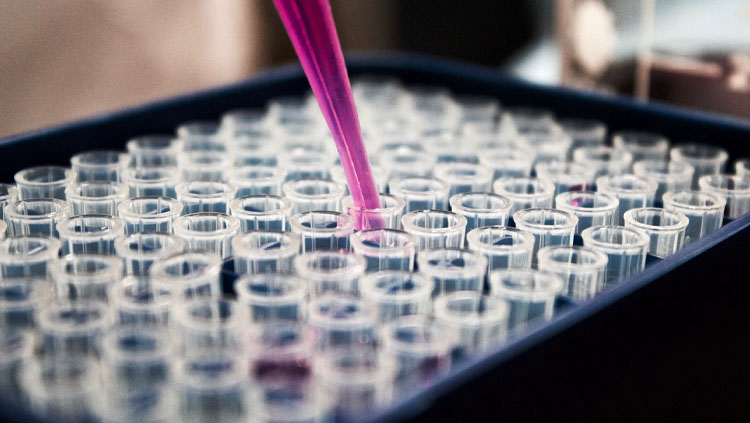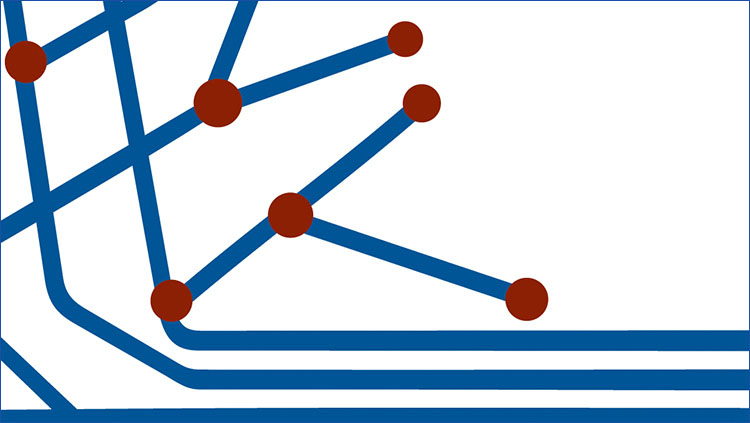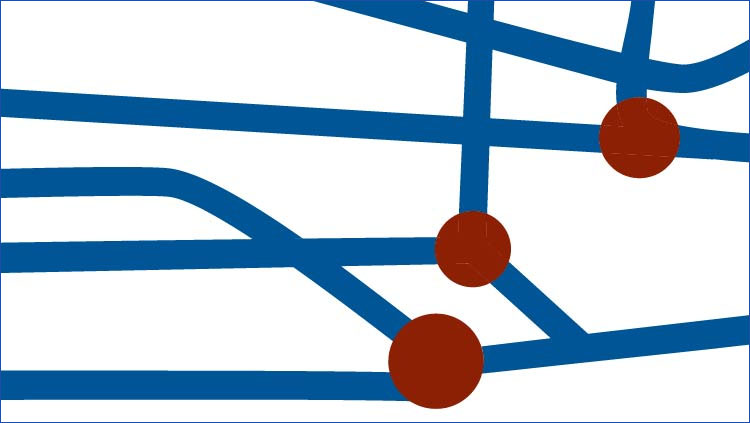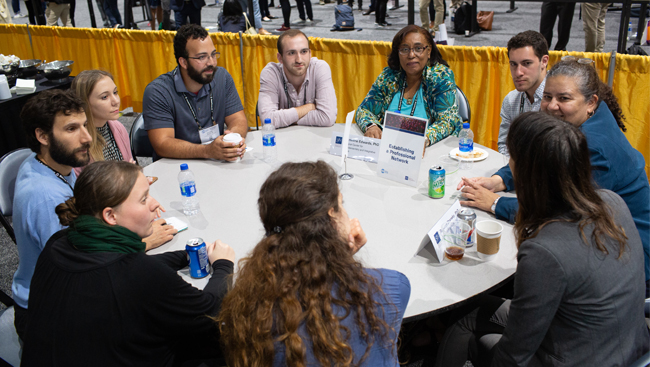Scientific Research
Stay apprised of findings from across the field with summaries of research published in SfN journals, and learn about rigor, responsible conduct of research, and other topics important to the scientific community.
July 17, 2024
1:00 PM - 2:00 PM EDT
Filter
Refine by
72 - 84 of 535
-
Neuron Replating, a Powerful and Versatile Approach to Study Early Aspects of Neuron DifferentiationJuly 27, 2021 12:00 PM - 1:00 PM ET
-
June 22, 2021 12:00 PM - 1:00 PM ET
-
May 20, 2021
-
May 25, 2021 12:00 PM - 1:00 PM ET
-
Apr 06, 2021
-
Jul 03, 2017
-
May 11, 2021 11:00 AM - 12:00 PM ET
-
Mar 02, 2021
-
Feb 26, 2021
-
Feb 26, 2021
Neuronline's vast collection of professional development and training resources offers guidance for people at all career stages with diverse interests and responsibilities.

